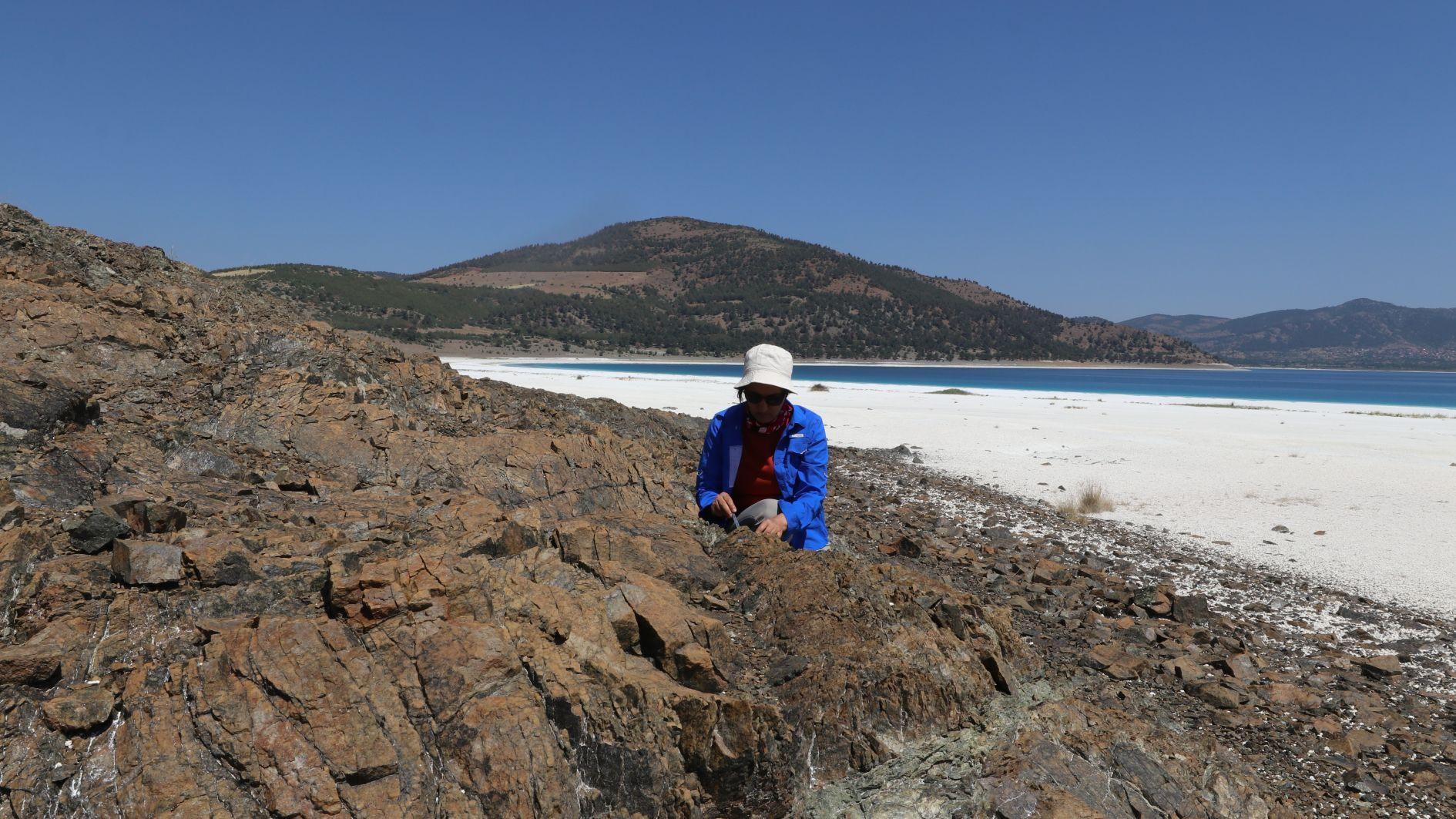
As NASA continues its search for life on Mars through the Perseverance rover, scientists have turned their attention to Türkiye’s Lake District, also known as Lakeland, where rock formations are being examined for their striking similarity to those on the Red Planet.
Following extensive studies on Salda Lake in the Aegean province of Burdur’s Yeşilova district, researchers now plan to expand investigations across other geological sites in the region.
Salda Lake first drew international attention after the discovery that its magnesium carbonates mirrored those found in Jezero Crater, believed to be the site of an ancient Martian lake.
The similarities prompted a collaborative scientific initiative between Istanbul Technical University’s (İTÜ) Geomicrobiology and Biogeochemistry Research Group and the University College London’s Mullard Space Science Laboratory (MSSL), aiming to uncover the origins and evolutionary processes of these Martian analog rocks.
Under the scope of the project, Turkish scientists will analyze rock samples from various locations in Türkiye’s Lakes region using advanced imaging and remote sensing technologies. Instruments aboard the Rosalind Franklin Mars rover, namely PanCam and EnVIs, as well as their emulators at MSSL, will be used to conduct spectral analyses on the terrestrial analogs.
The analyses will provide detailed geochemical and geological data, helping scientists understand how Mars’ magnesium carbonates may have formed.
“These carbonates may have formed through different geological processes, each leaving distinct markers on the rocks,” Nurgül Balcı, who leads the İTÜ research group, explained. “By studying these traces, we aim to generate new insights into the origin of Mars’ carbonates.”
Balcı also noted that while spectral analyses have already been conducted on Mars through Rosalind Franklin, applying the same remote sensing techniques to Earth analogs will enable more accurate comparisons. “The carbonates on Mars suggest that there were once deep water bodies, rivers and significant water circulation. But in order to understand this cycle and its extent, we need more comprehensive data,” she said.
Salda Lake remains the most prominent example in this line of research. However, recent fieldwork has revealed that other parts of the Lakes District hold even more mineralogical and geological similarities than previously anticipated.
According to Balcı, the research also aims to spark scientific curiosity among young minds. The upcoming Salda Science Center, currently under development, is expected to play a crucial role in supporting scientific reach.